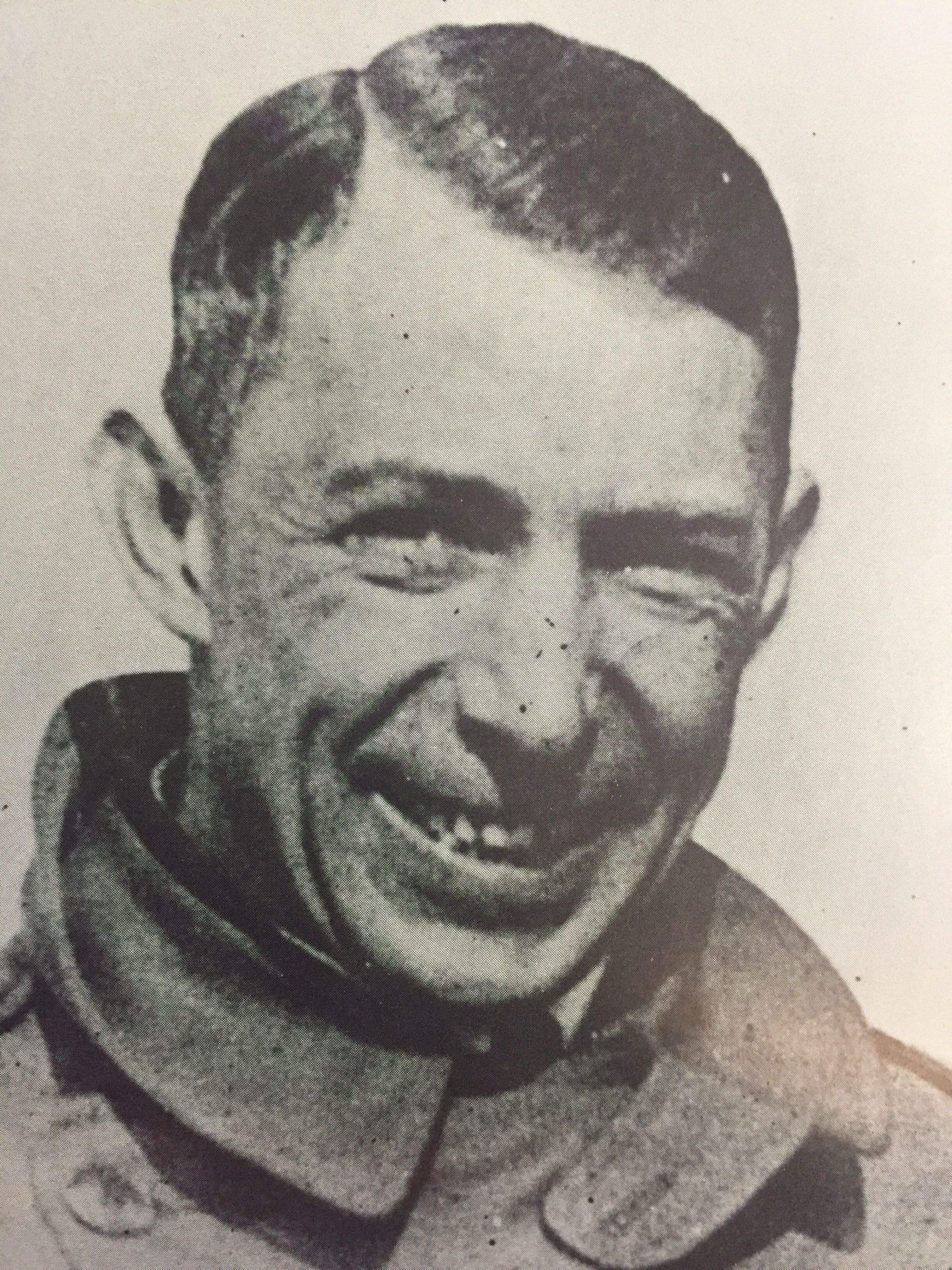
Noel Guy Davis
(December 25, 1891 -- April 26, 1927)
| Section: | 5 |
| Space: | 8 |
| Lot: | 18 |
| Spouse: | Mary Elizabeth Merritt |
| Place of Birth: | Salt Lake City, Utah |
| Military: | World War I |
| Comments: | In Memoriam Class 1914 US Naval Academy CMDR WWI |
| Owner: | J.A. Merritt |
| Area: | 1 |
A case of "it might have been". Noel Davis, a Naval Aviator who is buried in the John Merritt Family plot in St. John's Historic Cemetery, was killed on his final test flight while attempting to be the first to fly non-stop across the Atlantic Ocean in April 1927. He was married to Mary Elizabeth Merritt, oldest daughter of John A. and Mary Turner Merritt, both members of prominent Pensacola families. Born in Salt Lake City on Christmas Day in 1891, Davis kiddingly told friends in later years that he thought he was going to school in Indianapolis where he could look forward to some good auto racing but learned the Navy had Annapolis in mind instead. Noel Davis graduated third in his class from the U.S. Naval Academy in 1914. As aide to Admiral Joseph Strauss, commander of U.S. mine-laying forces, he was assigned to Inverness, Scotland to supervise laying an estimated 56,000 mines between Scotland and Norway. At the end of World War I, he was ordered to duty removing the mines and after some difficulty, developed a plan using a suggestion by a radio operator to disarm the mines before attempting to remove them from the sea. He then authored several books for the Navy Department related to the laying and recovery of mines. Applying for aviation training, Davis arrived in Pensacola in the early 1920's, and was designated Naval Aviator No. 2944 on August 11, 1921. While still a flight student he became Officer-in Charge of the Ground School at Pensacola in June 1921 and authored the first manual for that school. Resigning his regular commission in July 1922 to attend Harvard Law School he accepted a commission in the Naval Reserve and became commanding officer of the first station for Naval Aviation Reserves in Squantum, Massachusetts, later writing textbooks for training reserve pilots. While in Boston, he was co-inventor of the first aerial sextant used in flight navigation. On April 25, 1927, the Pensacola Journal's banner headline proclaimed "Pensacola to Paris Flight Planned". His wife, dubbed by her father as "Kitten", was scheduled to make the flight as radio operator onboard the plane named "The American Legion" but decided the risk was too great when thinking about their young son. As fate would have it, she was not in the plane when it lost speed on takeoff with a full load of fuel needed to cross the Atlantic Ocean. The plane landed in a marsh near Langley Field, Virginia but nosed into the swamp, trapping both Davis and his co-pilot, Stanton Wooster, in the cockpit. Less than a month after Noel Davis was buried in St. John's Cemetery, Charles Lindbergh made his successful crossing in the "Spirit of St. Louis". Admiral Richard E. Byrd, who had become the first man to fly over the North Pole a year earlier, said he was "shocked beyond expression" at the loss of the two pilots who "have given their lives to the progress of aviation". In recognition of his considerable contributions to Naval Aviation, the Schools Command Building (633) at NAS Pensacola has been dedicated to his memory and the annual trophy awarded to the outstanding Naval Air Reserve Squadron is named in his honor. Noel Davis was buried in St. John's Cemetery 1 North Section 5. | |